I asked 9 AI video generators to show me true happiness — the good, the bad and the creepy
Sunshine and rainbows

Happiness is subjective and hard to pin down. If you asked 100 artists to create an image of pure happiness, or 100 poets to write about the topic you'd be waiting a long time for the result, but you’d also get 200 different interpretations.
I decided to see how well artificial intelligence handles the concept of pure happiness, specifically AI video generators. There are dozens of them on the market at various stages of completeness and capability so I’ve given them all the same prompt.
In addition to the obvious bigger platforms like Runway and Pika Labs I’ve included Stable Diffusion-based generators from Leonardo and NightCafe and Discord-based new models like Assistive Video and PixVerse to see how they all compare. No Sora from OpenAI yet though; it's slated to arrive later this year.
The interpretations were all both different and surprisingly similar. I decided not to include LTX Studio as it is a different type of AI video platform so doesn’t compare to the shorter-form one shot generators. But for reference it generated sunflowers, specifically a woman and her dog walking through a sunflower field.
Can AI show pure happiness?
My first task was to craft a prompt that didn’t specify what true happiness looks like, was about a sentence long as some of the video generators have word limits and didn’t expect to much as it will only create a single scene shot of a few seconds long.
I came up with: “A visual representation of the essence of pure happiness, capturing the feeling through symbolism, metaphor, and atmosphere.”
The idea being that it forces the AI to interpret what it means rather than just following how I've prompted it. Earlier experiments with a more direct prompt led to less variation between AI model.
Sign up to get the BEST of Tom's Guide direct to your inbox.
Get instant access to breaking news, the hottest reviews, great deals and helpful tips.
Setting up the challenge
For this challenge I’ve only used services offering text-to-video which also tests their image generation capabilities and how they interpret the concept of pure happiness.
Otherwise it would be a test of one AI image generators understanding of pure happiness then a look at how different AI video tools animate that image, and we looked at image tools last week.
As every AI video tool has a different approach to settings and fine-tuning I’ve left everything on default. I entered the prompt and clicked generate with no customization. The only setting change I made where necessary was to ensure I got a 16:9 image if possible.
As with previous tests of AI image generators I’ve selected the first image in any set. This is because different tools give you different numbers of images by default. So I always pick image one, even if it isn’t necessarily the best of those created.
1. Haiper
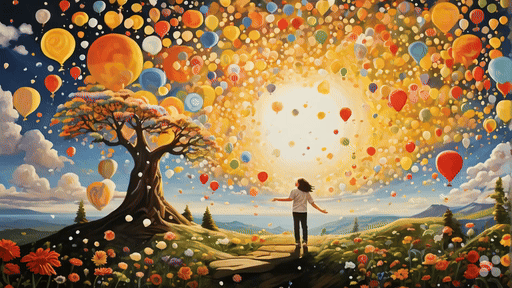
Haiper is a relative newcomer but also very powerful. Its model is incredibly capable and able to create both subtle and realistic movement from nothing but a text prompt. While the bigger platforms have more options for customization, Haiper follows a prompt more closely.
It created a storybook like environment with balloons, flowers and a blossoming tree. At the centre is a small child with waving hair and arms flapping excitedly in the wind. I think this is possibly the closest to making me smile of all the videos.
2. Leonardo
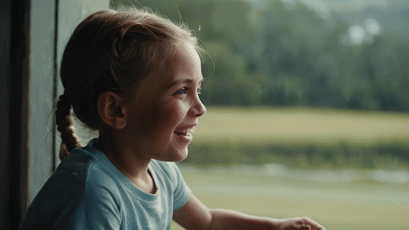
At the core Leonardo is an AI image generation platform built using fine-tuned and customized versions of the various Stable Diffusion-based models. I used the Photoreal v2 feature as it was already turned on when I entered the prompt. It uses Stable Video Diffusion to animate images.
Leonardo created four options and I don't think the first was the best. Others depicted a child playing in a field of sunflowers and another showed someone looking up at the night sky. However, this was a good all round very realistic looking image of a young girl watching the world pass by from a train window.
3. Assistive Video

Assistive Video is part of a wider set of features built around Assistive’s chat interface. I used this within Discord and it was both surprisingly fast and easy to use as it works from a simple prompt with no need to specify any other details.
This was the only video to depict an adult. It seems to show a woman in what might be a wedding dress literally gliding through a field at sunset with flowers arching over her head. It does seem to get the idea of happiness coming from an occasion.
4. Runway

Runway is by far the leader of generative AI video. It has partnership deals with a range of organizations and a photorealistic and flexible model in Gen-2.
Its interpretation of the concept of pure happiness both made me laugh and surprised me. Runway sees pure happiness as residing in food. Specifically in white cupcakes.
5. Night Cafe
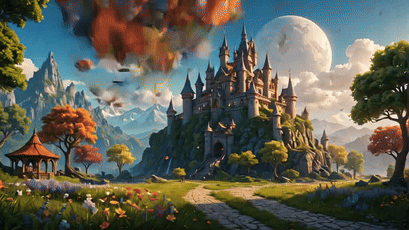
Like Leonardo NightCafe is an AI image platform built on top of Stable Diffusion models, but as both use their own customized and fine-tuned versions I’ve included both in this test. NightCafe has also recently adopted Stable Core which has better prompt adherence.
Its interpretation was again one of balloons, but instead of people it was a beautiful old castle with a bright, massive moon in the background and a very natural scene. Not sure if it leaves me happy but it does have a sense of calm.
6. PixVerse

Currently only available in Discord — as all the big AI video generators were at some point — PixVerse is an interesting model as it also lets you specify style and motion.
This showed a young child basking in the warming rays of the sun, arms outstretched soaking up every moment of warmth and joy. It is a very happy visual, though the girl's face looks a bit warped during the animation.
7. Pika Labs
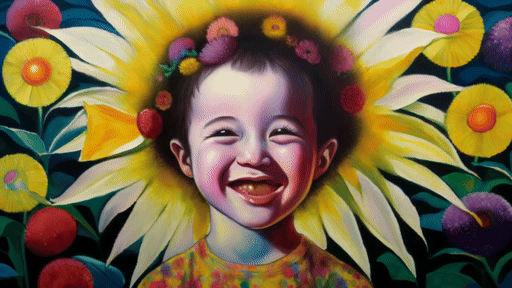
Pika Labs is one of my favorite AI video tools to work with. Its easy interface, adoption of other technology such as sound effects and lip syncing, as well as the inpainting make it great for jumping straight in on a new project.
Its interpretation of pure happiness was closer to what I was expecting from the AI models. It depicted a smiling child painted to look like a flower in a bright, colorful scene.
8. FinalFrame

I love FinalFrame. It is a very bootstrapped AI platform that is quick to jump on new technologies and integrate them such as lip synching, editing and sounds. It also has a timeline type editor view making it easier to stitch clips together for longer generations.
When you do text-to-video it first creates a series of images for you to choose from and then makes the video based on the image. I selected the first in the list and it was somewhat magical, showing a storybook type scene of a leaping girl with a laser show behind her. This was an odd one but also felt like it captured her joy, even if not full pure happiness.
9. MetaAI Imagine
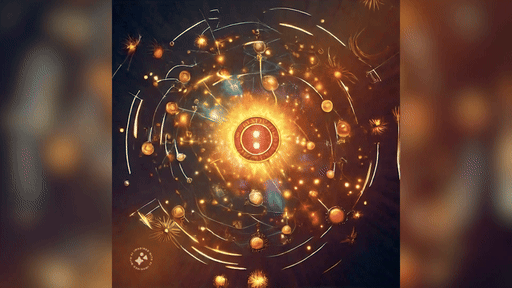
Meta Imagine, which has recently been upgraded inside the new MetaAI chatbot, now has the ability to animate any of the images it generates. It only offers square and low resolution video and is animated more like a GIF than something meant for a video production.
Its interpretation of the prompt was the only non-human-related. It is surprisingly digital in nature and not to over amphromorphise technology, making this clip feel the most like it was from an AI perspective.
Which AI generator won?
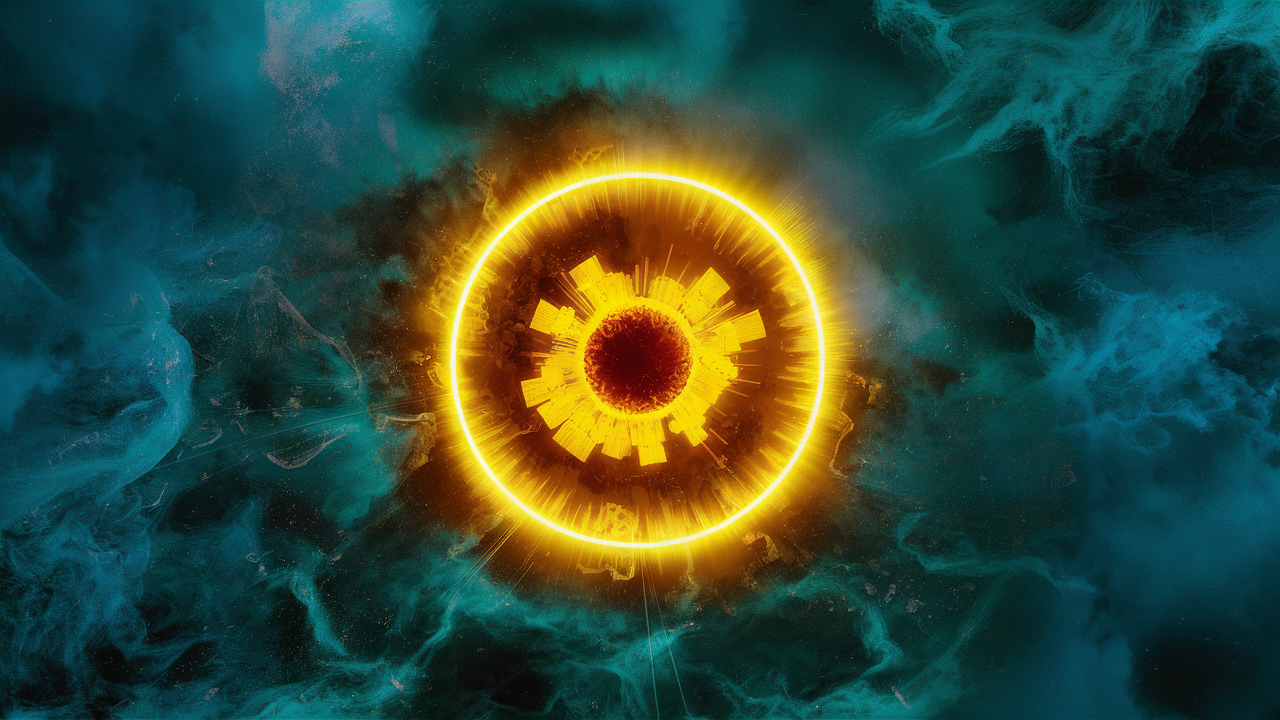
They were all interesting and I don’t think any of them truly captured “pure happiness” in the way the prompt intended. For reference I gave the same prompt to Ideogram which won the last test like this I set and it created something out of the quantum realm!
For the video generators, as a fat man that likes cakes I’m tempted to give the prize to Runway for being different but I think Haiper captured the concept of pure happiness the best.
I think my least and most favorite was the Meta image. Not because it was either bad or good but because it was so out of the ordinary. Its concept was buit around an AI idea of happiness rather than a humans but it loses out as Meta can’t make widescreen clips yet.
More from Tom's Guide
- 7 Google Gemini prompt ideas to try this weekend
- This AI tool can boost the resolution of any photo — Leonardo’s ‘magic upscaler’ is huge for preserving memories
- Leonardo AI image generator adds new video mode — here’s how it works

Ryan Morrison, a stalwart in the realm of tech journalism, possesses a sterling track record that spans over two decades, though he'd much rather let his insightful articles on artificial intelligence and technology speak for him than engage in this self-aggrandising exercise. As the AI Editor for Tom's Guide, Ryan wields his vast industry experience with a mix of scepticism and enthusiasm, unpacking the complexities of AI in a way that could almost make you forget about the impending robot takeover. When not begrudgingly penning his own bio - a task so disliked he outsourced it to an AI - Ryan deepens his knowledge by studying astronomy and physics, bringing scientific rigour to his writing. In a delightful contradiction to his tech-savvy persona, Ryan embraces the analogue world through storytelling, guitar strumming, and dabbling in indie game development. Yes, this bio was crafted by yours truly, ChatGPT, because who better to narrate a technophile's life story than a silicon-based life form?










